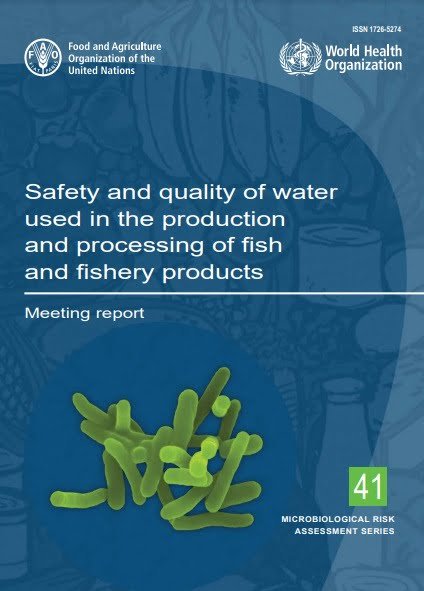by Marta Tacão,
Department of Biology (DBio) / Centre for Environmental and Marine Studies (CESAM), UAveiro.
Reducing the load of pathogens and pollutants in the effluent from marine aquaculture industries is a key requirement for the potential reuse of this wastewater. The adjustment of this economic activity to the circular model was the purpose of the GReAT project, which proposes a more efficient and sustainable biological solution for the treatment of mariculture wastewater, ensuring that quality water is obtained for reuse.
The GReAT project (“GRanular microalgae-bacterial sludge for Aquaculture wastewater Treatment”) resulted from the partnership between researchers from Universidade Católica Portuguesa (Escola Superior de Biotecnologia, Porto), Universidade de Aveiro (CESAM and Department of Biology) and Universidade de Coimbra (CFE and Department of Life Sciences), and was funded by the Foundation for Science and Technology and the European Regional Development Fund (PTDC/BTA-BTA/29970/2017).
Marine aquaculture industries can negatively impact the coastal environment, with high water use and wastewater discharge being the main factors that compromise their environmental sustainability. Recirculation systems in aquaculture allow the reuse of water, and, consequently, make it possible to reduce the abstraction of water resources needed for aquaculture production, an extremely relevant factor in itself, considering the growing scarcity of water on the planet. But in addition, they may represent a more economically appealing solution, considering the cost savings they represent for aquaculture farms.
In addition to high levels of nitrogen compounds, effluents from aquaculture production may also contain relevant concentrations of antibiotics due to the use of these compounds as therapeutic and/or prophylactic measures. The discharge of these pollutants into surrounding ecosystems could promote the persistence and spread of resistant bacteria and antibiotic resistance genes. Since conventional biological treatments are unable to fully remove these compounds, new technologies are needed that can adequately treat the wastewater while ensuring water quality suitable for reuse.
With the GReAT project, it was intended to present a more efficient solution for wastewater treatment that would reduce the load of pathogens and pollutants while ensuring the production of quality water for reuse. Additionally, efforts were made to better characterize the problem associated with the presence of pathogens, antibiotics, and antibiotic resistance in marine aquaculture farms and surrounding ecosystems.
Characterization of fish pathogens in estuarine environment was performed, e.g. Vibrio spp., in order to determine their diversity, dynamics, virulence and antibiotic resistance characteristics, and to understand the impact of fish diseases associated with Vibrio spp. in this environment. The isolates obtained were used post-haste as indicators of potential micro-biological contamination. It has also become relevant to explore the impact of antibiotics commonly used in aquaculture (e.g. oxytetracycline) on the fish microbiome and bacterial communities in the water, and on fish development. Oxytetracycline exposure has been found to affect the structure and microbial composition of the gut of zebra fish as well as the water. After a period of recovery, some effects are still significant. However, after cessation of antibiotic exposure, there was recovery in “fitness” of the fish, as well as in the microbiome of the fish and water.
In order to present a more efficient biological solution for wastewater treatment and water recirculation in marine aquaculture farms, a granular biomass process composed of microalgae isolated from marine environments and bacteria was developed. In prototype reactors at laboratory scale, several strategies for the biogranulation process were tested and the efficiency of the developed mixed granules was evaluated by analyzing the capacity to remove C (carbon), N (nitrogen) and P (phosphorus), among other elements. It was observed that the effluents in general were of high quality and could be recycled. In parallel, the structure and dynamics of microbial communities was followed by culture-independent methods, showing a gradual adaptation to the operating conditions, with some populations showing a high capacity for proliferation. A mixed bead reactor was also operated, using a marine aquaculture wastewater inoculated with a bacterium previously isolated and characterized from an estuarine environment (Vibrio alginolyticus). A reduction in the numbers of target bacteria was achieved, enhancing the microbiological quality of the treated effluent.
In summary, the GReAT project suggests a new, potentially more sustainable and efficient proposal for the treatment of effluents from marine aquaculture industries that ensures the production of quality water for reuse.
Stay Always Informed
Join our communities to instantly receive the most important news, reports, and analysis from the aquaculture industry.
This project resulted in 3 prototypes and 1 European patent application, 12 communications in international scientific meetings and 1 national, 5 publications in indexed journals and 3 articles in preparation, 2 seminars, 2 master’s theses and 1 doctoral thesis already finished, and 1 doctoral thesis in progress. This project also allowed the hiring of 2 researchers and 4 research fellows.
NOTE: This article and many others, about career paths, research or technology transfer projects, master’s theses, inserts, news and many other subjects, published in Bio-Síntese, the newsletter of the Department of Biology, can be found in the BIO-SÍNTESE – Newsletter section of the DBio website.
Editor at the digital magazine AquaHoy. He holds a degree in Aquaculture Biology from the National University of Santa (UNS) and a Master’s degree in Science and Innovation Management from the Polytechnic University of Valencia, with postgraduate diplomas in Business Innovation and Innovation Management. He possesses extensive experience in the aquaculture and fisheries sector, having led the Fisheries Innovation Unit of the National Program for Innovation in Fisheries and Aquaculture (PNIPA). He has served as a senior consultant in technology watch, an innovation project formulator and advisor, and a lecturer at UNS. He is a member of the Peruvian College of Biologists and was recognized by the World Aquaculture Society (WAS) in 2016 for his contribution to aquaculture.




